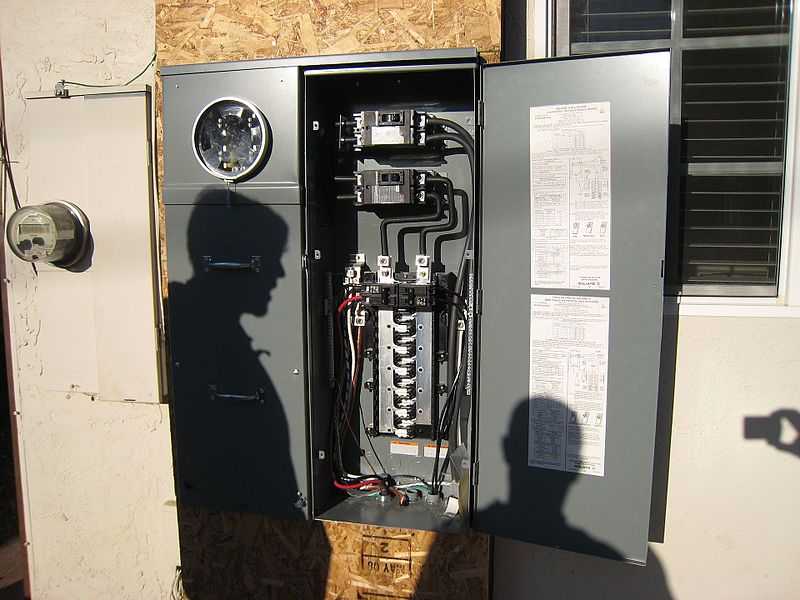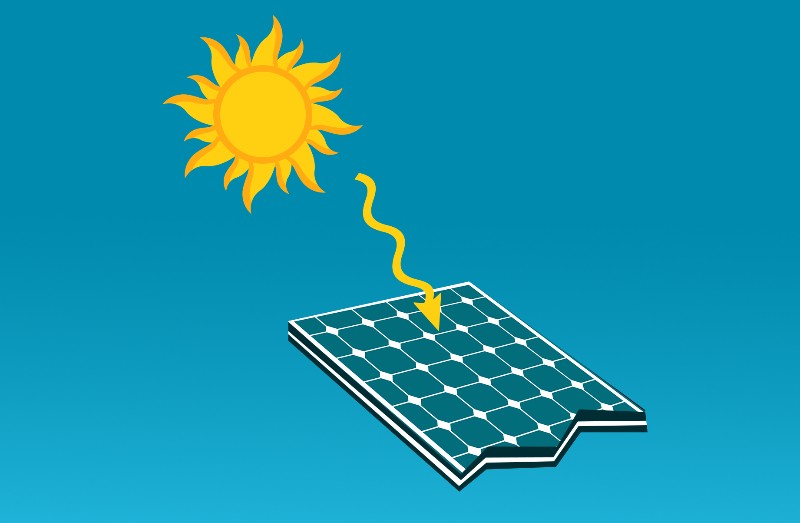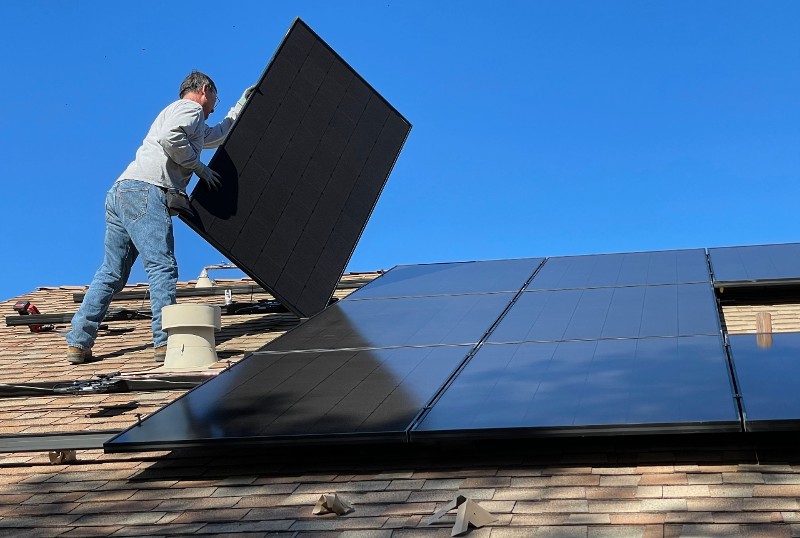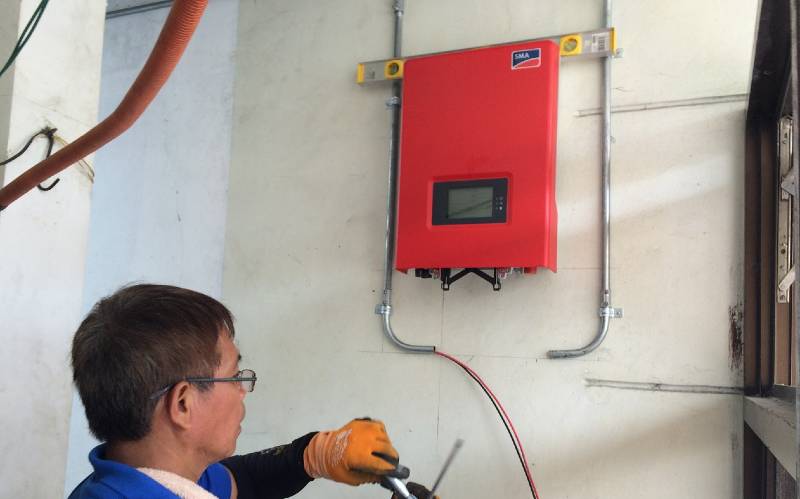The solar panel charge controller is a device that regulates how much energy your solar panels produce.
And its main job is to prevent damage to the battery and other components in the system.
The article below will explore how this device works, how it prevents problems with your equipment, and what you should know before purchasing one for yourself.
What Is The Working Concept Of The Solar Panel Charge Controller?
The solar panel charge controller is an electrical device that regulates how much energy your solar panels produce.
This is how it works: the more sunlight, the greater voltage produced by the array of photovoltaic cells.
There are two types of PV arrays, Series and Parallel connections.
Series means connecting one cell to another, and Parallel means connecting cells in series to form a group.
The greater the number of solar panels that you connect, the stronger and more intense voltage becomes.
But how can we regulate this voltage? How does it not damage other components such as batteries or wiring?
This is where the charge controller comes in:
The controller prevents damage to your equipment by converting excess voltage into heat through a blocking diode, which is an electronic component that only allows current flow in one direction.
This ensures that no more voltage can be created in your system after it has reached its maximum level of power generation at around 22V or 33V.
What Are The Different Types Of Solar Panel Charge Controllers?
There are two main types of charge controllers, and each one serves a different purpose.
The first type is called PWM – Pulse Width Modulation Charge Controller that converts the excess voltage into heat through a blocking diode and regulates how much energy your solar panels produce by converting it into another form of energy: alternating current (AC).
The second type is called MPPT – Maximum Power Point Tracking Charge Controller that monitors the power produced by the array at any given moment and then calculates how to increase or decrease the voltage in order to maximize the amount of electricity that enters the battery.
What’s The Difference Between MPPT And PWM?
MPPT controllers are more efficient at converting power than regular PWM charge controllers because they work by adjusting how many volts go into the battery.
This means that an MPPT Solar Panel Charge Controller can put more power into your battery at one time.
For example, a 24V solar panel array is most efficient when the charge controller puts out 27 volts for it to be fully charged.
A PWM Solar Panel Charge Controller cannot do this because of how they work: by taking the difference in voltage and converting it into heat.
When the batteries are fully charged, a PWM controller will stop sending voltage into them and just send whatever is left over as heat instead.
Which Solar Panel Charge Controller Is Better – MPPT Or PWM?
Both types of charge controllers have their own advantages and disadvantages:
PWM is cheaper, so it works great for small systems with one or several solar panels.
MPPT can increase how much power your system generates by up to 30%, so they work best when you have a bigger array of photovoltaic cells and want to get more electricity out of them.
However, there are also some disadvantages that you should consider before purchasing an MPPT charge controller:
First of all, the price is around 50% more, which can make it harder for those who are on a budget. Also, they do not perform as well in cold temperatures, so if you live in a cold weather area, then an MPPT charge controller won’t be for you.
Last Words
Solar panel charge controllers are an important part of how your solar panels can function and how much electricity you will get out of them.
They regulate the voltage produced by photovoltaic cells, converting excess energy into heat or AC current in order to prevent damage to other equipment like batteries and wiring that might result from too much power generation at once.
In the end, we really hope you enjoyed this article as much as we did.
Do you have any questions about solar charge controllers?
If so, please share your thoughts with us in the comments section below.






